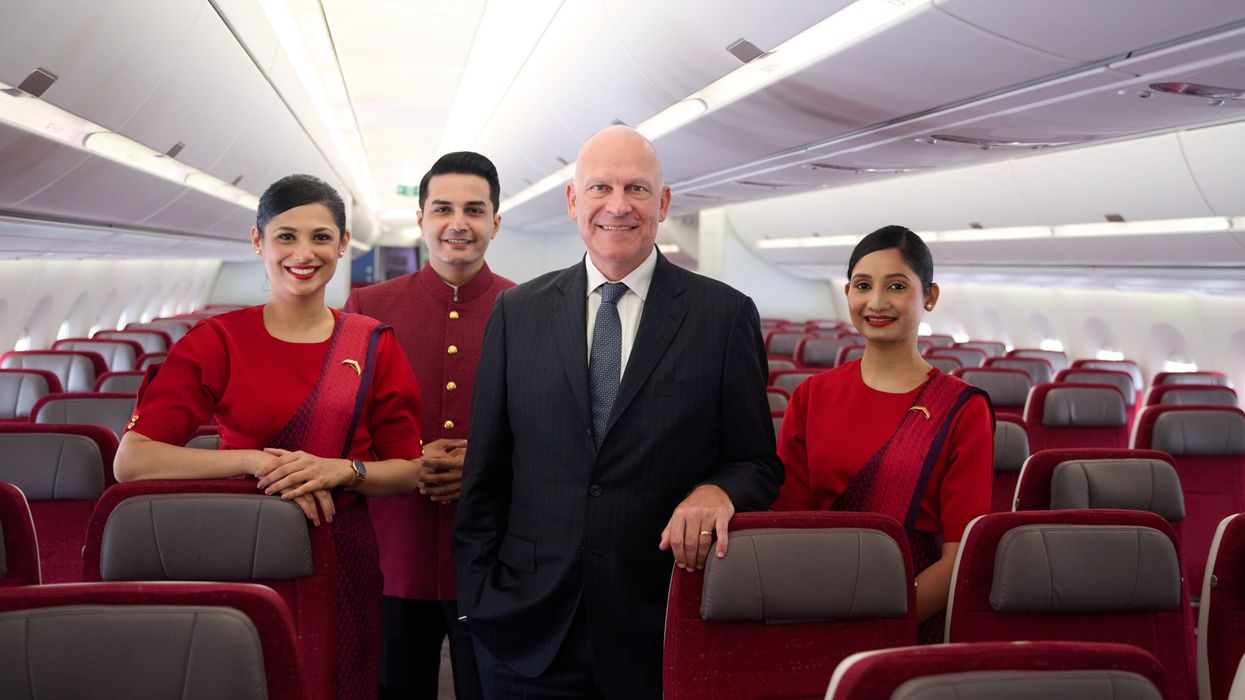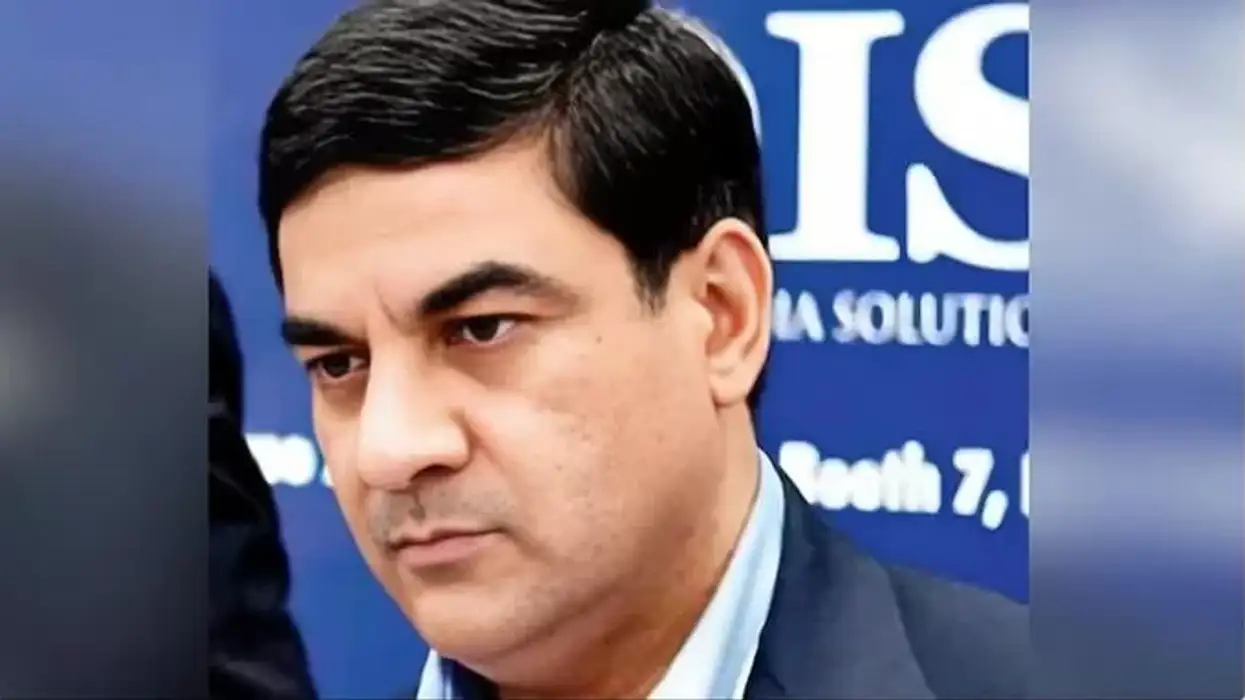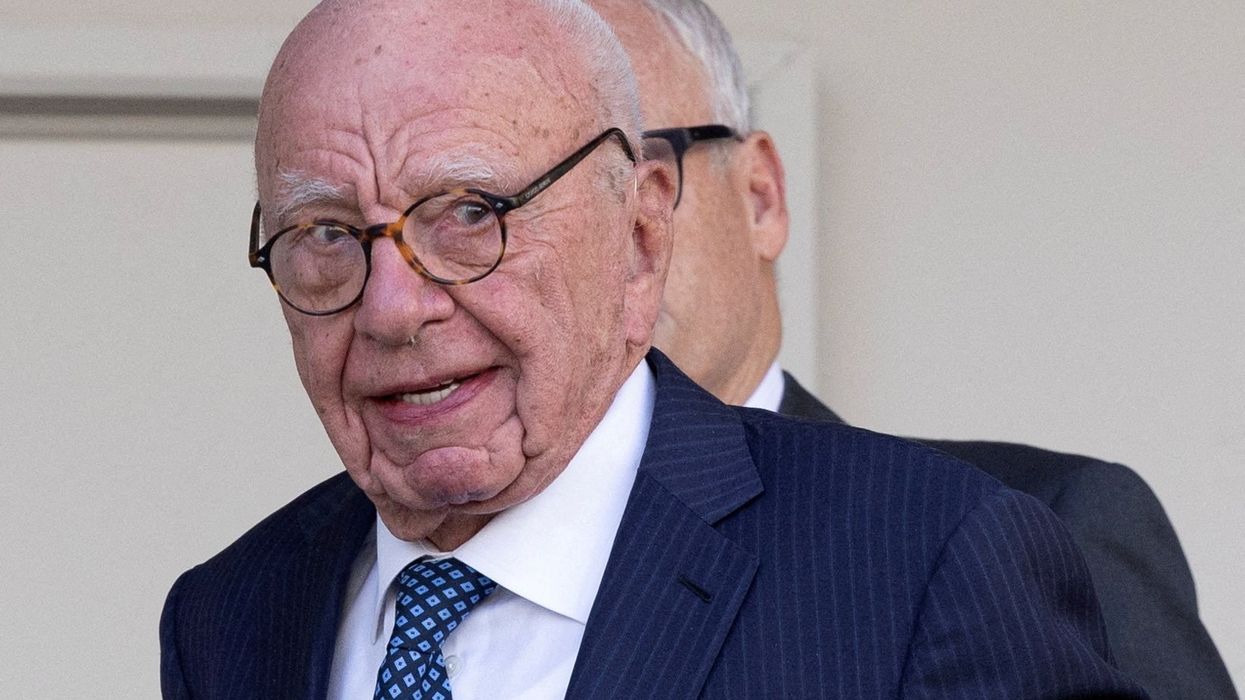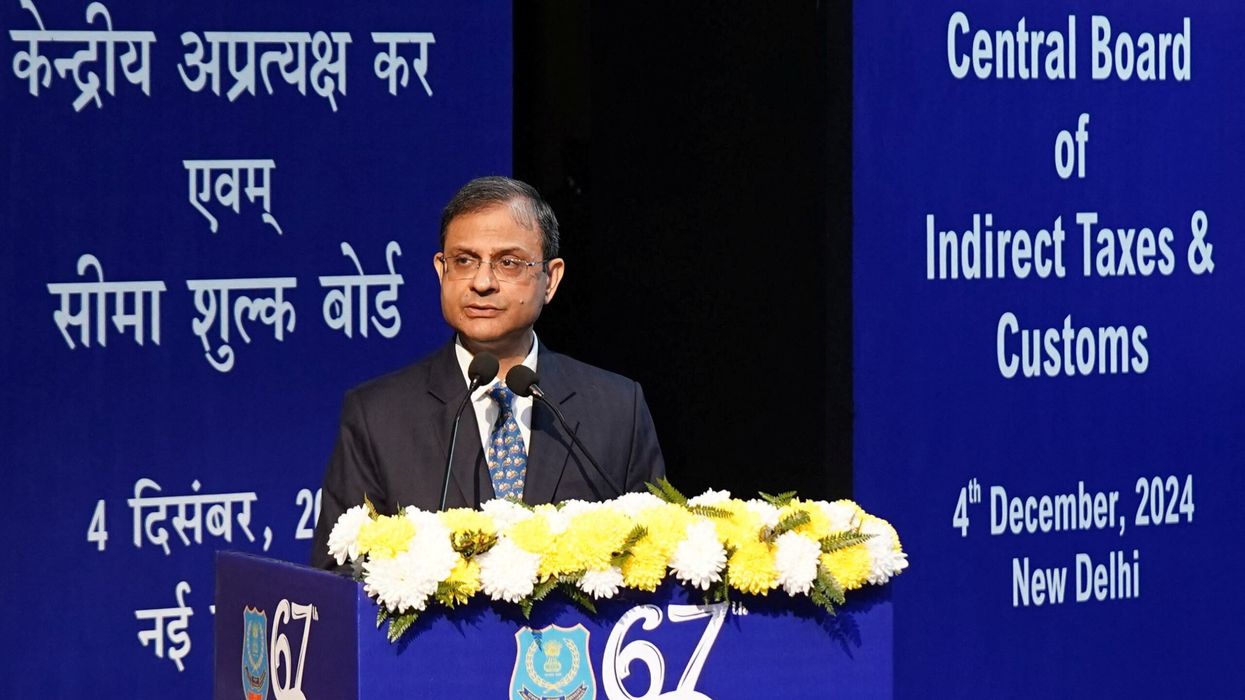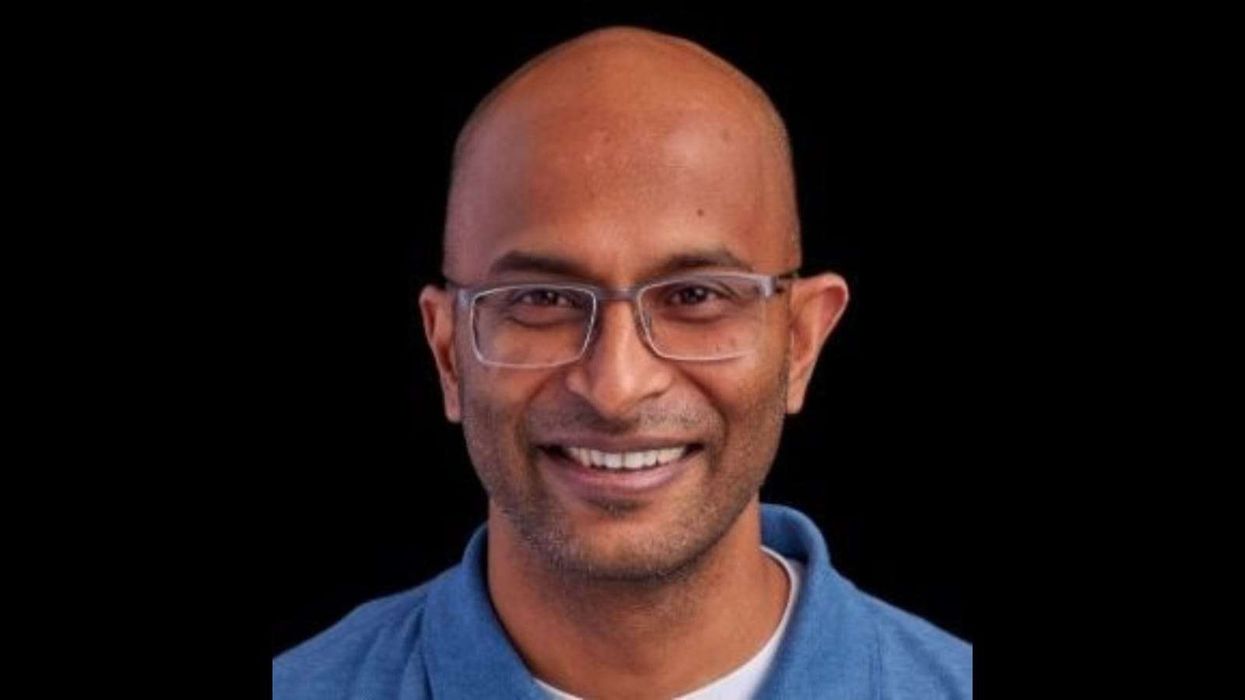EASTERN EYE readers, who use Air India probably more than those of any other media in the UK, will be heartened by news of the five-year programme to return India’s national carrier to its glory days.
In charge is its CEO and managing director, Campbell Wilson, who proudly showed off Air India’s most modern aircraft, the Airbus A350, at the recent Farnborough Air Show.
Wilson, a New Zealander who was recruited in May 2022 from the very successful Singapore Airlines, described the A350, which is assembled in Toulouse in France, as “the most modern aircraft in the world today”.
He said: “We are going to be sending this brand new aircraft to London twice a day (from Delhi and Mumbai) from September 1.”

At a briefing given to Eastern Eye and others in the airline trade at the St James Court, A Taj Hotel, he told his audience: “Most significantly, you have probably read about the aircraft order we made, which was the largest in history, of 470 aircraft, with a list price of about $70 billion (£55bn). And those aircraft are now coming. We have an aircraft arriving in India, brand new, every six days.
“We have 34 more (A350) coming as part of the 400 aircraft order. And that aircraft really is a product second to none. There’s premium economy, there’s business class with enclosed suites. There is the absolute latest of inflight entertainment systems. And it is really a demonstration of the standard of Air India of the future.”
Ultimately, it will be the diaspora, comprising people such as the readers of Eastern Eye, who will determine whether Wilson is able to achieve what the Economist has called the “Everest of corporate turnarounds”.
Air India has announced “a landmark advertising campaign across London. In partnership with McCann Worldgroup and IPG Mediabrands, this substantial investment will bring Air India closer to UK consumers than ever before, featuring ads across 9,000 train panels, 300 black taxis and digital screens in London offices and shopping centres.”
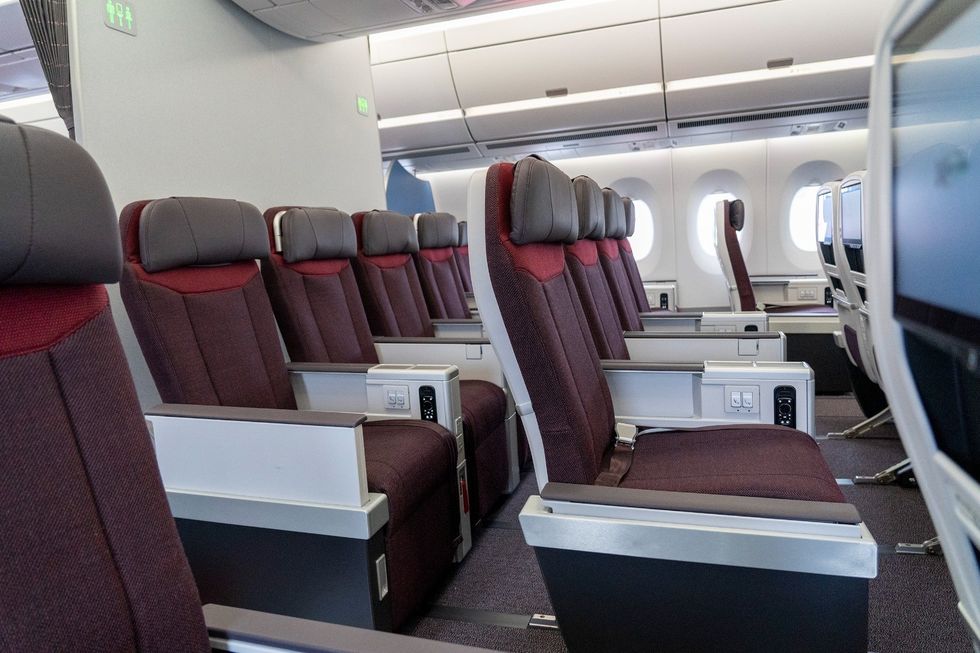
This will earn the airline greater brand recognition, but whether this is money well spent remains to be seen. Indians rely more on word of mouth recommendation from friends and acquaintances and the “desi circuit”.
Asked by Eastern Eye whether its readers could expect an efficient service at affordable fares – prices are very high in the winter months – Wilson replied: “Obviously, there’s a commercial sensitivity to a lot that we do. So, I wouldn’t tell you too much about our commercial plans.
“I talked about doubling of capacity, I talked about deploying our new products, such as flights from Mumbai and from Delhi into Heathrow very shortly. I have talked about the addition of flights from Bangalore to London, and from Kochi, Goa, Ahmedabad and Amritsar into Gatwick. So, I think that alone should give some confidence that we see a lot of opportunity in the UK market.

“We were operating with aircraft that had not been well maintained for many years. They were airworthy, but not particularly reliable. That’s also why we’re setting up our new maintenance organisation, so we can have much more hands-on control over what happens to these aircraft. But I think the fact that we’re deploying so many new aircraft, or so much new products into the UK should give you reasonable confidence that the Air India of today – and especially tomorrow – is certainly not the Air India of yesterday.”
The airline was founded in 1932 by the Parsi visionary JRD Tata, who was himself a qualified pilot. Tata Airlines became a public company in 1946 under the name Air India. But because it ran into serious financial difficulty in recent years, it was privatised and returned to the ownership of the Tata group in January 2022.
But in the 1960s and 1970s, when the airline was famed for its “Maharajah” service, Air India still retained a touch of magic. Its urbane UK regional director, Maneck Dalal, was based in an office in New Bond Street. He often spoke of how in the late 1940s, Heathrow was nothing more than a collection of huts on a muddy field where the rabbit population had to be controlled to allow aircraft to land.

Dalal was ticked off by his accountants for holding a champagne party every summer for students in Cambridge, where he himself had been an undergraduate. He dismissed the objections with the argument: “They are my future passengers.”
But decline set in after he left. One of his successors was so frustrated by Air India’s work culture that he once declared: “The problem with Air India is that it has too many Indians working for it.”
A strike was organised by Mala Sen, an Air India shop steward in London who later wrote the bestseller, Bandit Queen.
To cope with “no shows”, the airline would overbook flights. If more passengers turned up than there were seats, some would be “off loaded”. Late arrivals and departures became a common problem. Another was that some passengers, more used to Indian style lavatories, could not cope with the western toilets on board.
There were anecdotes that some passengers, offered a sweet before take-off, would grab the whole tray. It was also not unusual for cabin crew to be addressed as servants. “I said, ‘water,’” some would shout. And government officials, who could travel for free or at discounted rates with their families, abused their privileges. It is no surprise the airline went broke.

The result was that airlines such as Emirates began to pick up the traffic to India.
But now Wilson said he is on a “mission” to make Air India one of the world’s great airlines. He gives the impression of a man who knows all there is to know about commercial air traffic.
He said the five-year programme to fix Air India’s problems is called Vihaan.AI – “it is Sanskrit for dawn of a new era, which is what we think we’re embarking on”. He added: “We’ve been here (in the UK) for 76 years. Presently, we fly to three airports, although there are friends from Manchester and other airports here who would love us to add to that; I can assure you that that’s in the pipeline.”
Wilson explained his five-year plan in greater detail: “The first six months really was about triage and stabilisation. The next 12 months was about building the systems, recruiting people, deploying technology, and a number of other things to lay the platform for growth for the airline.
“In addition to the $70bn order, we’ve committed $400m (£314m) to refitting these aircraft. We’ve spent $200m (£157m) in re-platforming the entire business from an IT perspective, and we have recruited 9,000 new staff. Our cabin crew age has fallen from nearly 50 down to 28, so it is a real change in generation, change in capability, change in mindset, change in technology, change in aircraft. Everything is changing.”
He said: “Of course, the most important part is the customer experience. We’ve upgraded seats, we’ve upgraded menus, we’ve upgraded technology. But this is only progressively rolling out.”
During the question and answer session after his briefing, the sense of optimism was reflected by the former British diplomat, David Landsman, who was executive director of Tata UK for over five years until 2019.
He told Wilson: “I’m impressed and delighted by what you presented, and it sounds as though Air India would absolutely be among the very top airlines.”
